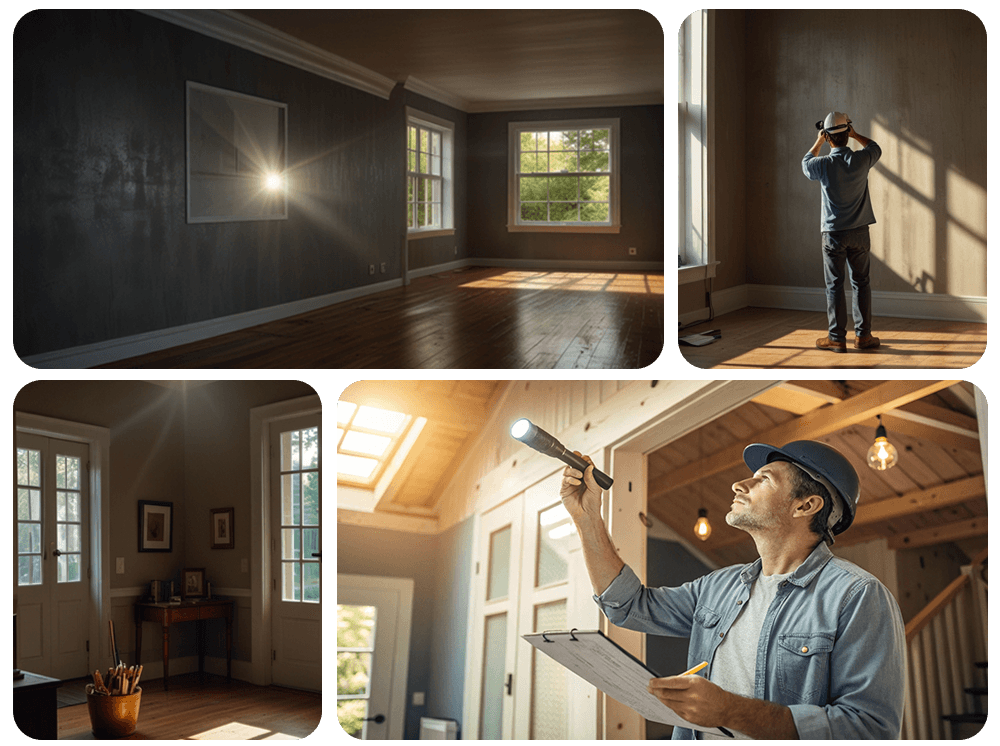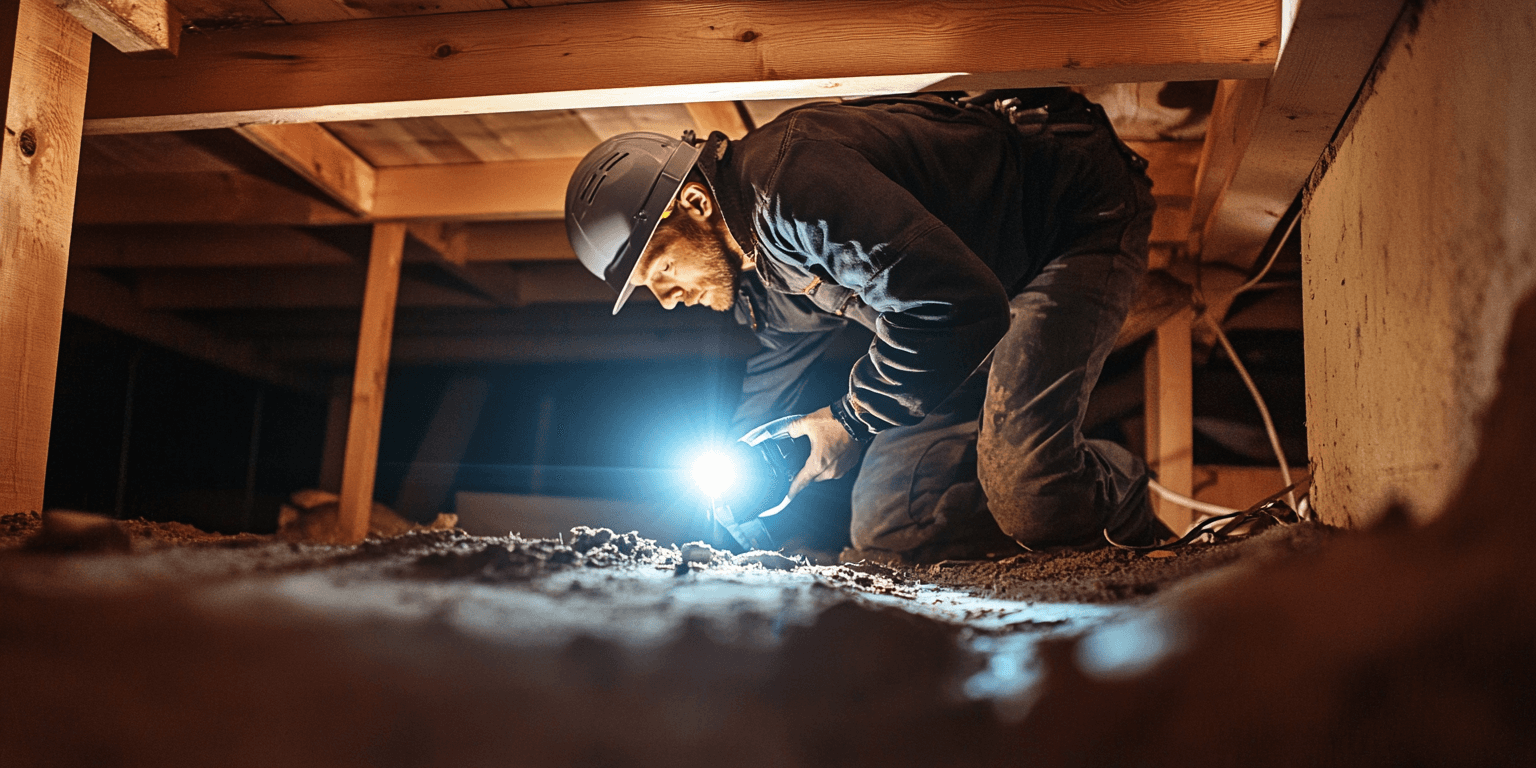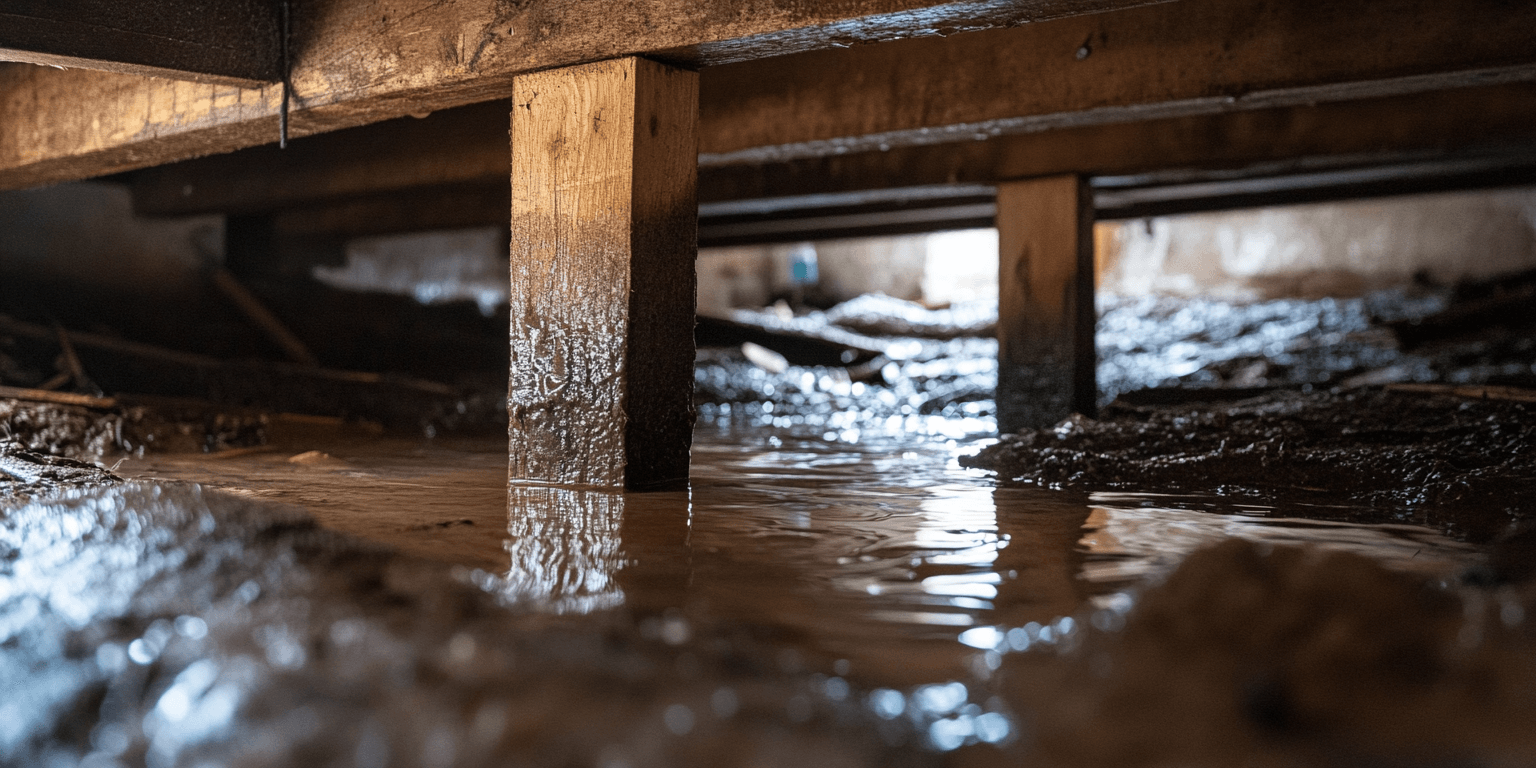The foundation is one of the most critical elements of any home, providing structural stability and support. Different types of foundations—such as pier and beam or slab—require distinct inspection approaches due to the unique issues that each type can present. Understanding how your home’s foundation affects the inspection process is key to identifying potential problems early on.
At 1st Choice Inspection Services TREC#9175, we specialize in inspecting various foundation types, ensuring that no detail is overlooked. Here’s how your foundation type impacts the scope of your home inspection and what to expect based on the type of foundation your home has.


Pier and beam foundations are common in older homes and areas with expansive soil, where some flexibility in the foundation is beneficial. This foundation type consists of piers that support the home’s weight, while beams hold up the floor joists. Beneath the home is a crawl space that provides access to plumbing, wiring, and other systems.
Key Aspects of a Pier and Beam Foundation Inspection:
Common Red Flags:
The benefit of a pier and beam foundation is that repairs can often be more accessible since the foundation components are visible and easier to reach. However, maintenance is essential to prevent moisture and structural problems from escalating.
Slab foundations are more common in newer homes and areas with stable soil conditions. This type of foundation involves pouring a solid concrete slab directly on the ground, providing a flat surface for the home to sit on. Slab foundations are typically lower-maintenance than pier and beam, but they have their own set of potential concerns.
Key Aspects of a Slab Foundation Inspection:
Common Red Flags:
Slab foundation issues can be more challenging to address due to the lack of accessibility. Repairing slab foundations often involves costly and invasive methods such as slab jacking or foundation reinforcement.
In some regions, basement foundations are common, providing both structural support and additional living or storage space. A basement foundation is essentially a deeper version of a slab foundation, with the added complexity of having walls that must resist soil and water pressure.
Key Aspects of a Basement Foundation Inspection:
Common Red Flags:
Basement foundations offer more flexibility for repairs and inspections due to their accessibility, but they require ongoing maintenance to prevent water damage and structural issues.

Regardless of the type of foundation your home has, several factors can affect its performance and longevity:
Maintaining the health of your foundation is essential for preserving your home’s structural integrity. Here are some tips for keeping your foundation in good shape:
The type of foundation your home has plays a significant role in how it should be inspected and maintained. Whether you have a pier and beam, slab, or basement foundation, understanding the unique challenges associated with each type ensures that potential issues are addressed before they become major problems.
At 1st Choice Inspection Services TREC#9175, we provide thorough foundation inspections tailored to the specific needs of your home’s foundation type. Our detailed assessments give you the peace of mind that your home is structurally sound and that any concerns are addressed promptly.
Pier and beam foundations elevate the home, allowing access to the crawl space underneath, while slab foundations are solid concrete slabs poured directly on the ground. Each type presents different inspection challenges, with pier and beam offering more accessibility but requiring more attention to moisture issues.
Not all cracks in slab foundations are serious. Hairline cracks are common and usually not a concern. However, larger or expanding cracks can indicate foundation movement or soil issues and should be inspected by a professional.
Yes, pier and beam foundations are typically easier to repair because the components are more accessible. Repairs to slab foundations often involve more invasive methods like slab jacking or piering.
It’s recommended to have your foundation inspected annually, especially if your home is in an area with expansive soil or frequent weather extremes. Regular inspections help catch potential issues before they lead to costly repairs.
Signs of foundation issues include cracks in walls or floors, doors and windows that don’t open or close properly, uneven or sloping floors, and water pooling near the foundation. If you notice any of these signs, it’s important to have an inspection done immediately.